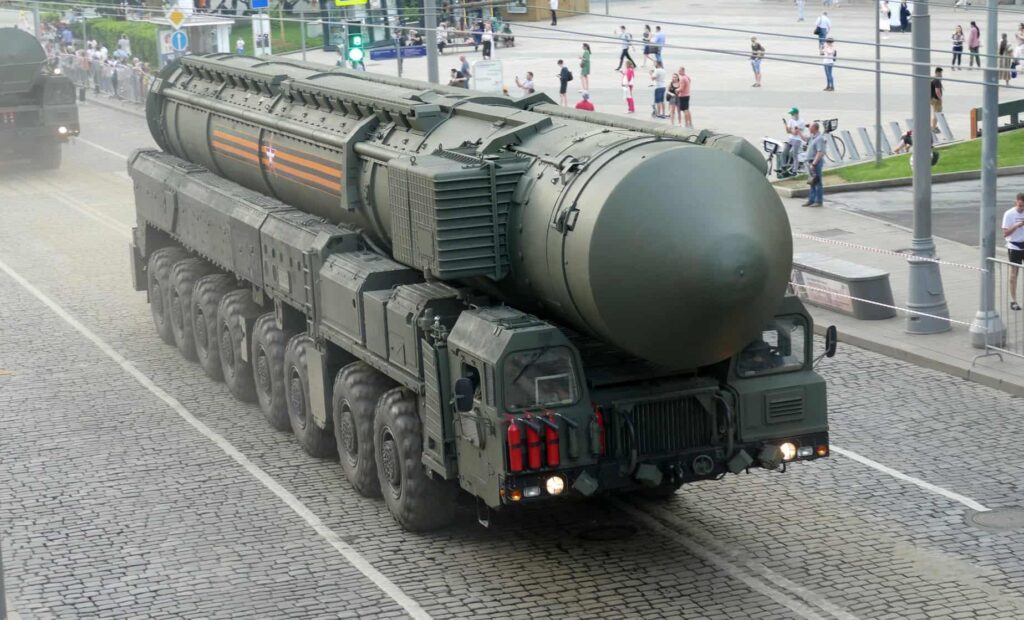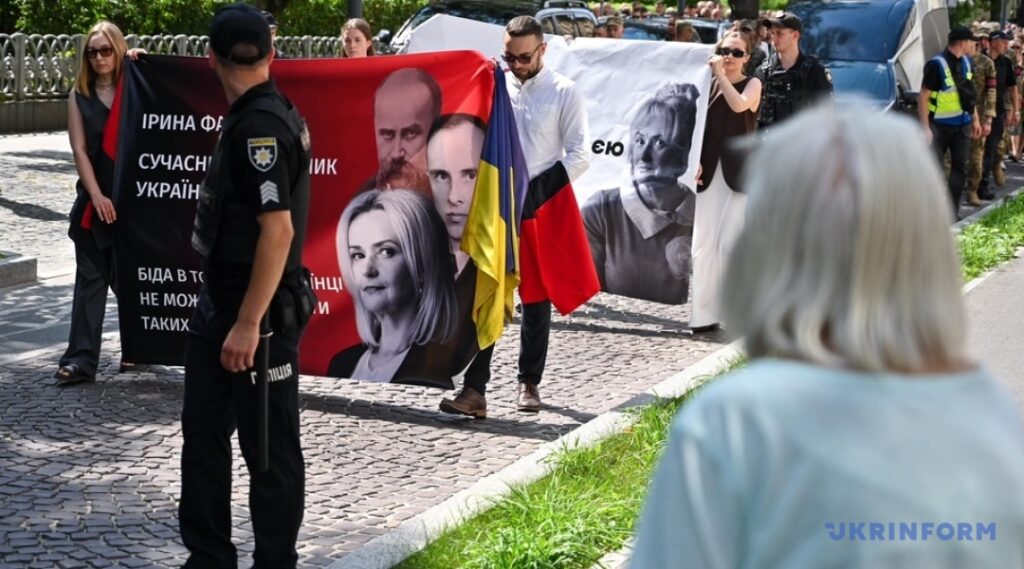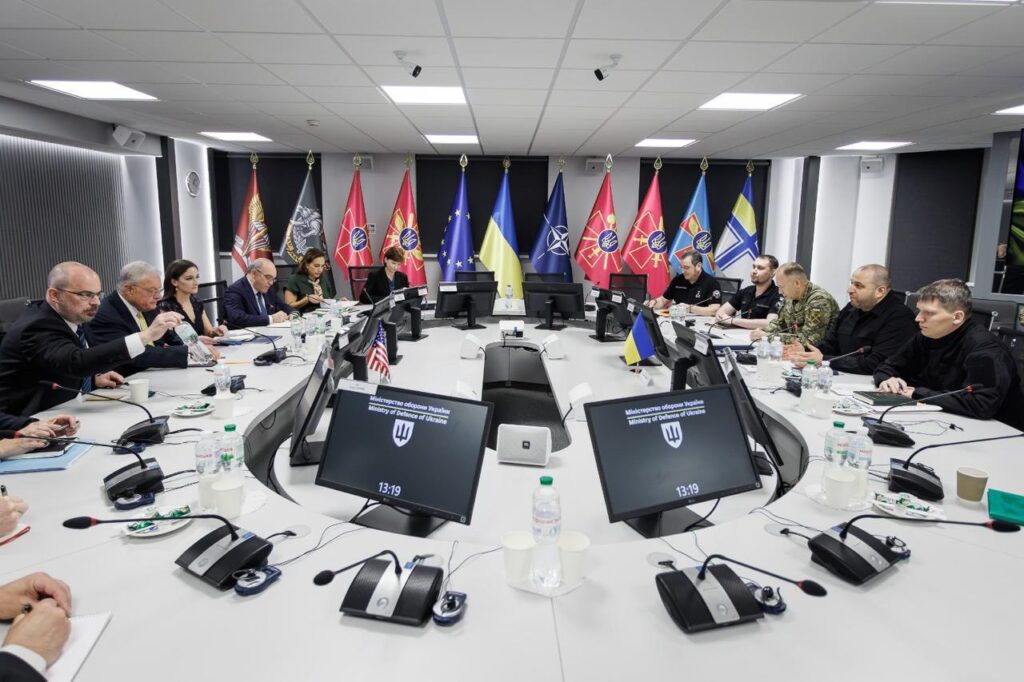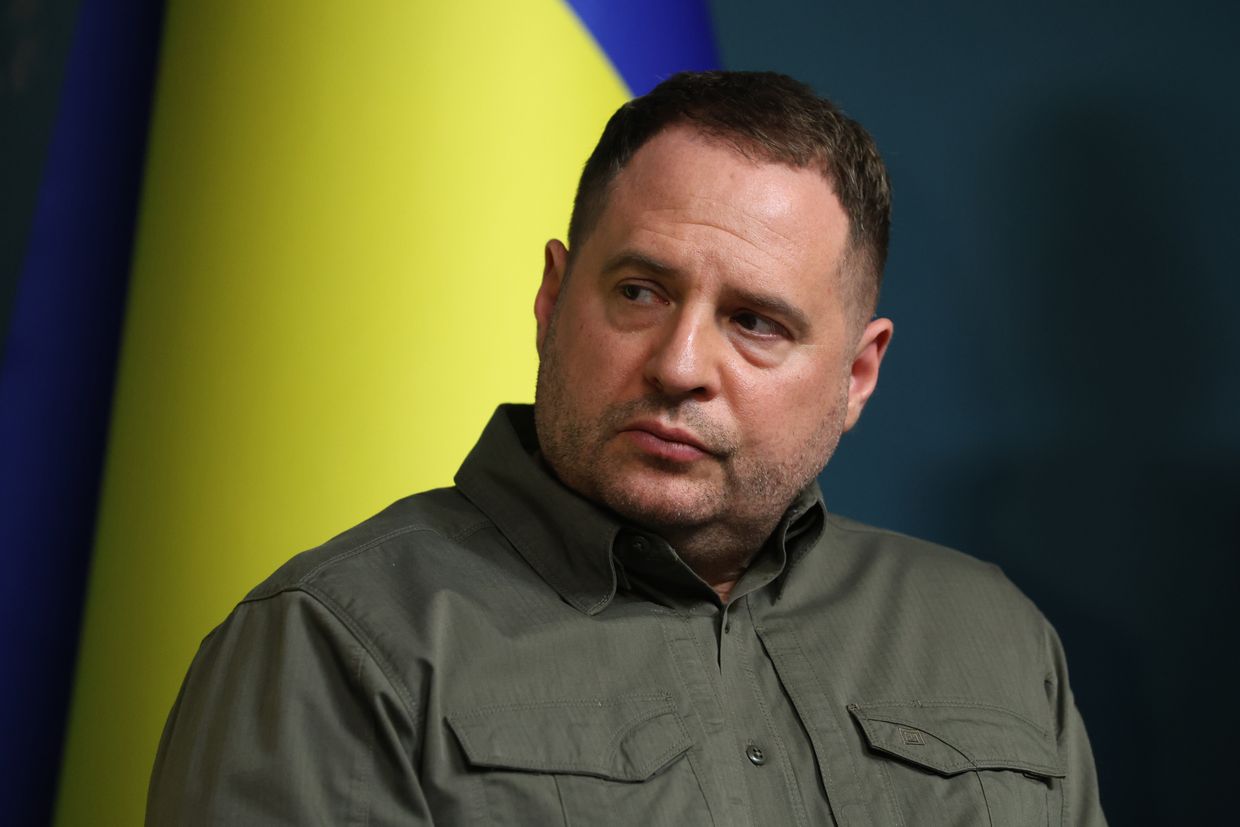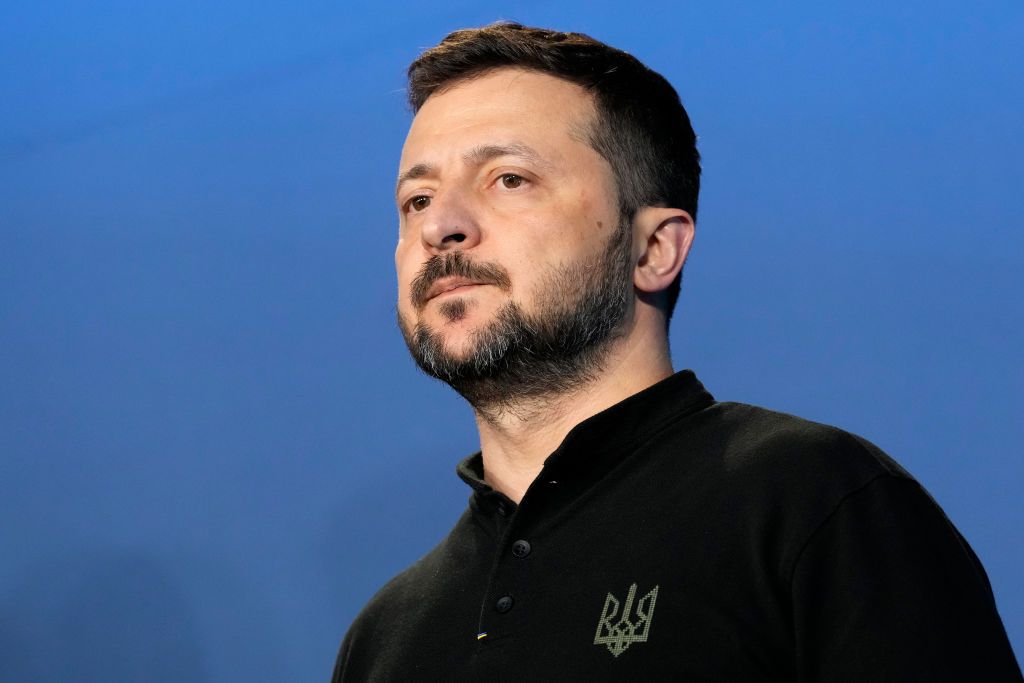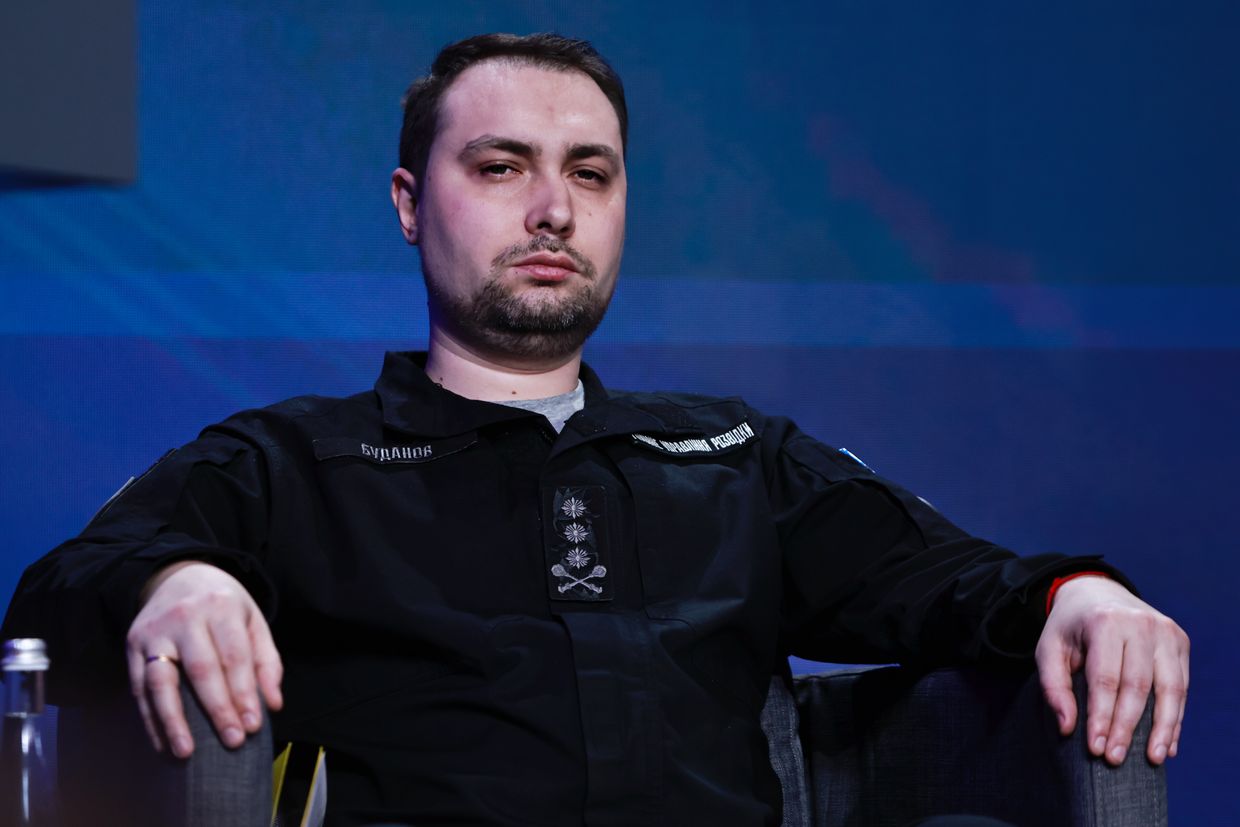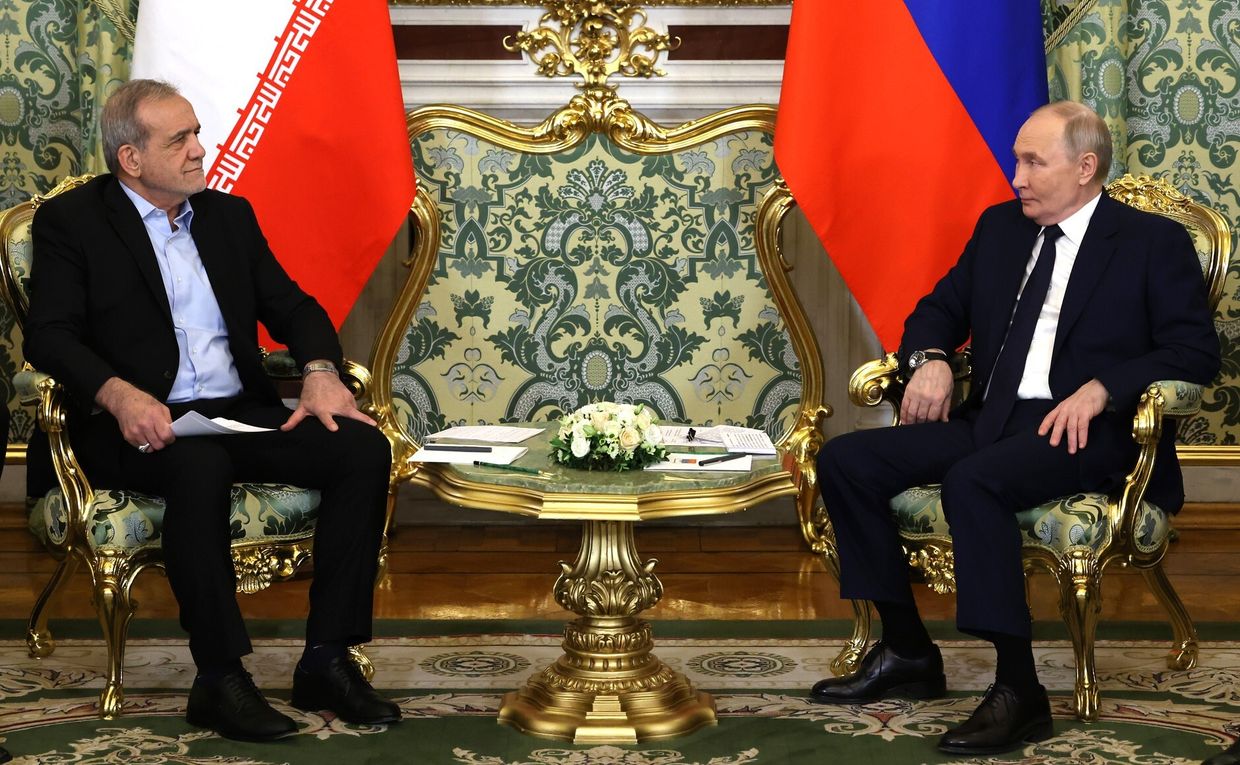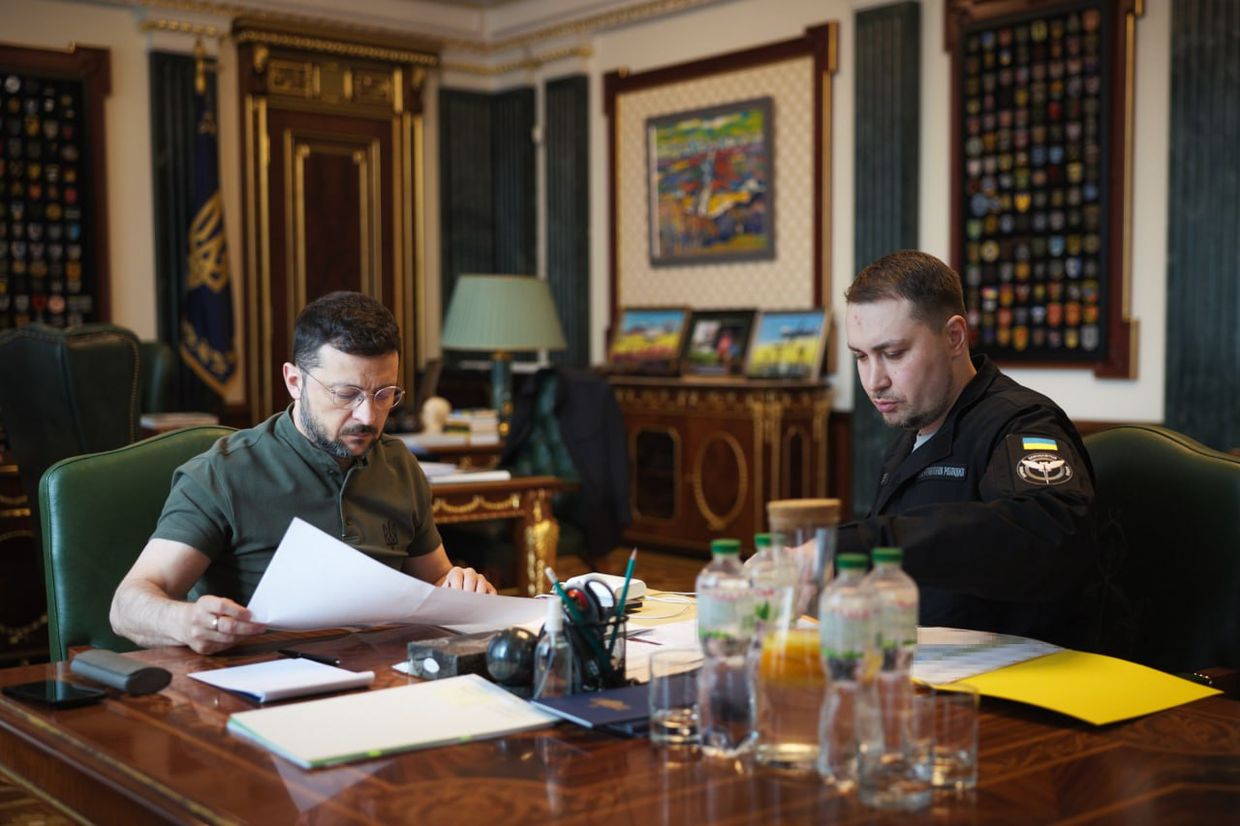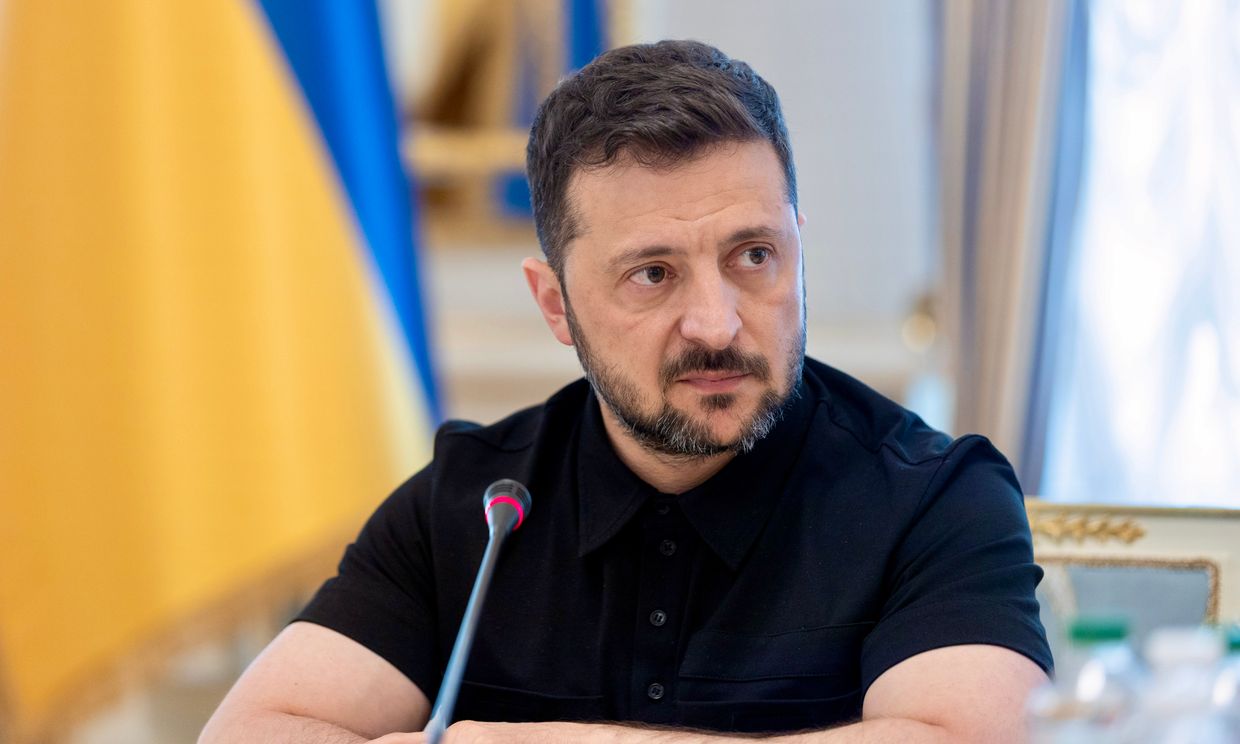Russia won’t change after Putin, Ukraine’s spy chief says
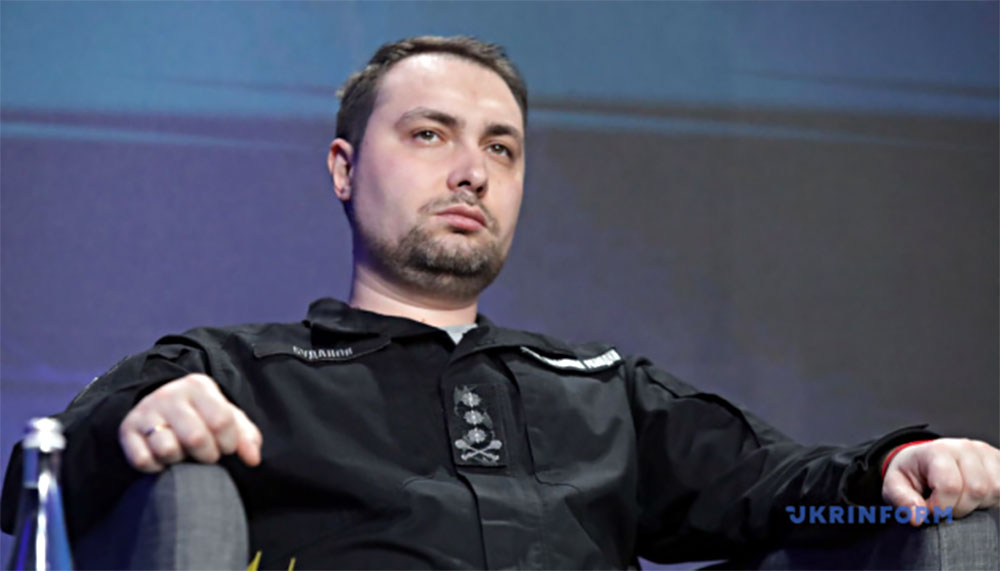
Russia will maintain stability even as its president’s health declines. Even if Vladimir Putin leaves office, Russia’s power structure will not undergo significant changes because it is built as a strong system ensuring regime continuity, Kyrylo Budanov, Ukraine’s Defense Intelligence chief, told TV presenter Natalia Moseichuk.
This means that the Kremlin’s political and military strategy will remain unchanged, and the war in Ukraine and threats to Europe and other countries will also persist.
Putin’s health is worse than Russia’s power system
Budanov said that Putin’s physical condition is significantly worse than the power system he created.
“No, his health is worse than his system. But with the leader’s departure, nothing will change there,” Budanov explained.
He added that Russia has prepared the system so that Putin’s successor, whoever it may be, will operate within the same paradigm with only minor adjustments.
A problem for democracy
Budanov emphasized that Russia’s system is a rigid and entrenched regime, similar to North Korea’s, where power transfers occur within a strict structure that prevents evolutionary change.
“A totalitarian regime falls but does not change gradually,” he said, citing Kim Il Sung and Kim Jong Un as examples of such system durability and strength.
Russia’s younger generation is a complicated reality
Budanov also noted that in talks with Russian prisoners, he saw a generation of people who cannot imagine life other than under Putin’s regime. They grew up and live within this system, and many have already died for it.
“For us, unfortunately, this means the system is quite strong and will last a long time,” he concluded.
